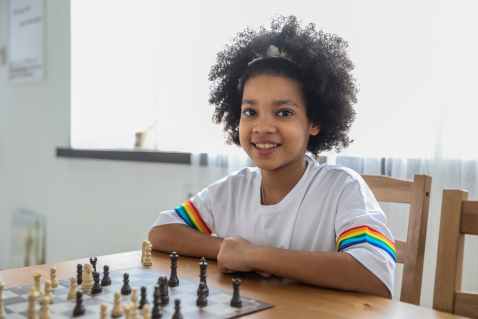I have been eyeing the Journeys in Film website as a potential blog post for a couple of months. You can join the site for free, and it has an extensive library of curriculum to accompany different movies. The only downside, of course, is that you need to be able to somehow access the movies — something that can be quite cumbersome in schools. Though Journeys in Film does not solve that problem, the site does have a nice link for each film that offers suggestions for all of the ways to stream or purchase each film.
The latest resource I’ve noticed from Journeys in Film is for a Disney film called Queen of Katwe. This movie is based on a true story about a Ugandan girl who meets a mentor who teaches her how to play chess. I thought it was a fitting resource to share today, when we celebrate Martin Luther King Jr. with a Day of Service, as the discussion guide highlights the incredible value of mentors in the lives of young people. I have personally seen students’ lives changed by mentors and Queen of Katwe is a shining example of the difference mentors can make.
The curriculum/discussion guides on this site are extremely thorough and of high quality. Though I think full-length movies should rarely be shown during a school day (try Class Hook for short clips that support your curriculum), there are definitely exceptions to this rule. If you want to inspire your students, apply some of the lessons of chess to everyday life, or motivate a new generation of mentors, Queen of Katwe may be worth a couple of hours of class or after-school time.




